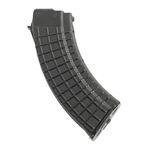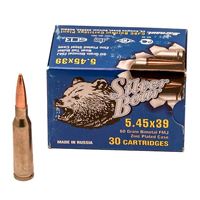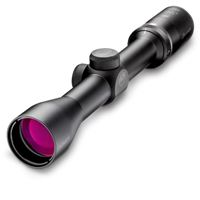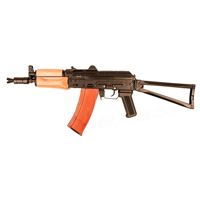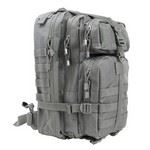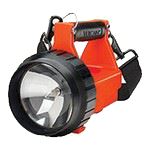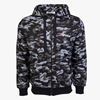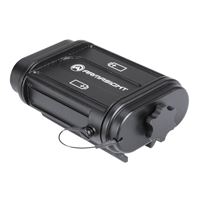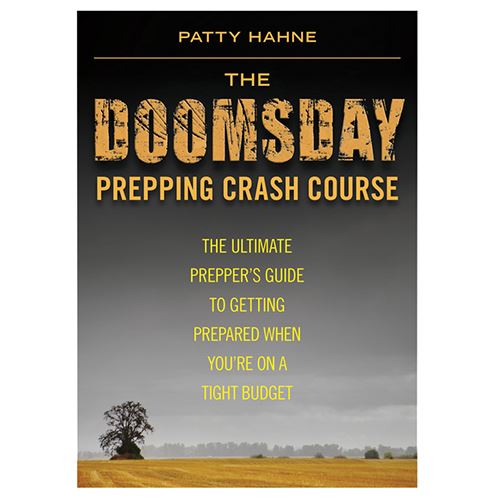I seem to be one of the few gunwriters who extensively relies on handload to test a firearm. I have always done so, and will continue to do so. Handloads offer real economy, custom grade performance, and excellent accuracy potential. Getting started in handloading isn’t difficult. The NRA offers handloading classes. Be sure to check the website for a class near you. An experienced friend is the best bet for easy pointers and learning the mechanics of reloading. There are also good books, including the ABCs of Handloading. Obtaining several handloading manuals is a must. Likewise, there are few tools you’ll need to get started.
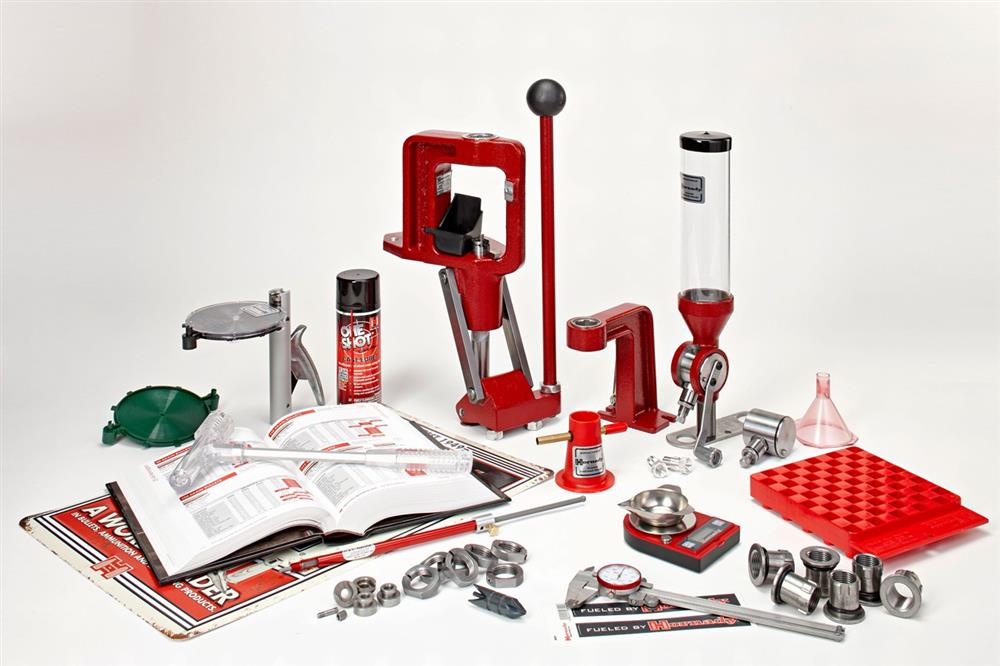
Choosing Equipment
Gear is built around the loading press. You do not need a progressive press to get started. Instead, a single stage press is all that is needed. The complication of a progressive press may come later. If you are loading for only a few calibers, the single stage press may be all you ever need.
You must obtain a good quality powder scale—no shortcuts here. A good quality balance beam scale has been the cornerstone of my loading for many years. Electronic scales are very nice to have if you can afford one. Mount the scale on a level surface and treat it like fine China!
A specific shell holder for each cartridge/caliber is needed to fit the press. Loading dies are specific to the caliber. You will need a set of dies, cartridge case lube (even for carbide dies, this makes things easier), powder funnel, powder measure, and again, loading manuals. It is ok to us your digits to lube a case, but a rolling pad is neater. A cartridge case cleaner and cartridge case trimmer may be on the list if the high volume bug gets you.
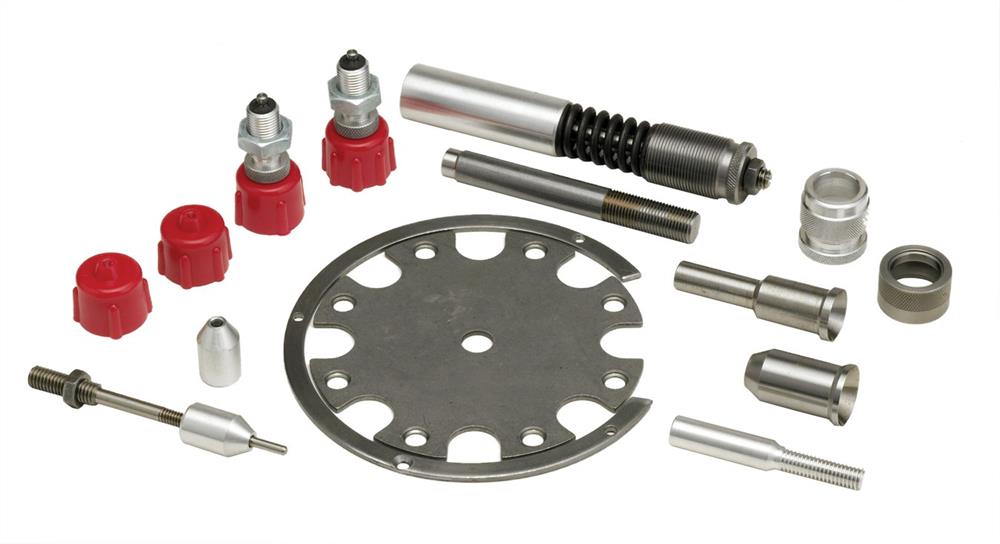
You really need a loading block that holds the cartridges. I cannot imagine getting by without this. The powder measure is pre set by you to drop a specific amount of powder in the cartridge case. Be certain to check the settings from time to time against the powder scale.
Do not get into trouble with over charges! If there is any doubt, dump the powder back in the can and start over. While most loading presses have a means of priming the cartridge case during the loading cycle, I prefer a hand held tool. You will get a feel for the crunch as the primer seats. One of the best means of obtaining everything you need at a fair price is to purchase a loading kit with the press, measure, scale, and other needed items. This is a relative bargain and a neat way to get started.
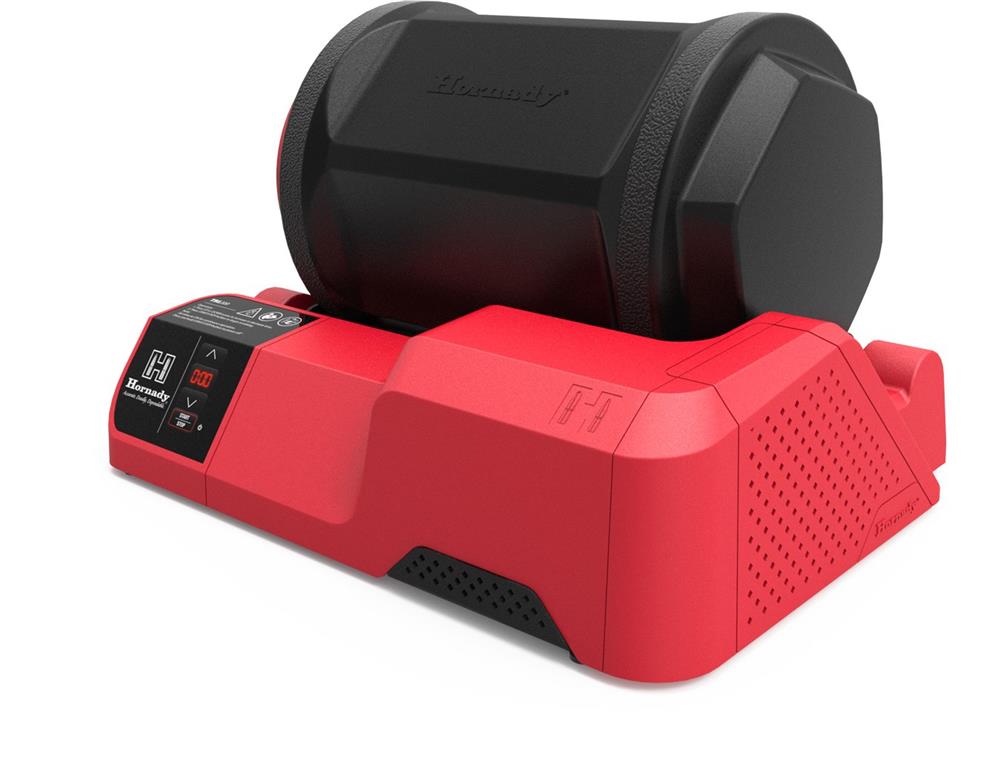
Reloading
The mechanics are simple enough. With the loading apparatus set up, the first step is to resize the cartridge case. They swell a bit on firing and must be sized to the original diameter. This sizing eventually wears the cartridge case, but if you use standard pressure loads, and particularly with handgun brass, you may enjoy dozens of re-loads. The brass is resized, and the primer removed during the first step.
The case is primed on the press or by a handheld tool. Next, with the three-stage pistol die, the case mouth is flared. Powder is added during this stage in some presses. Finally, the bullet is seated and crimped in place.
I also like to have a go no-go gauge to chamber the loaded cartridge in—just to be certain it will chamber in the firearm. A pistol barrel removed from the firearm or a revolver cylinder works as well. Be certain to check for proper chambering before you load a substantial amount of ammunition.
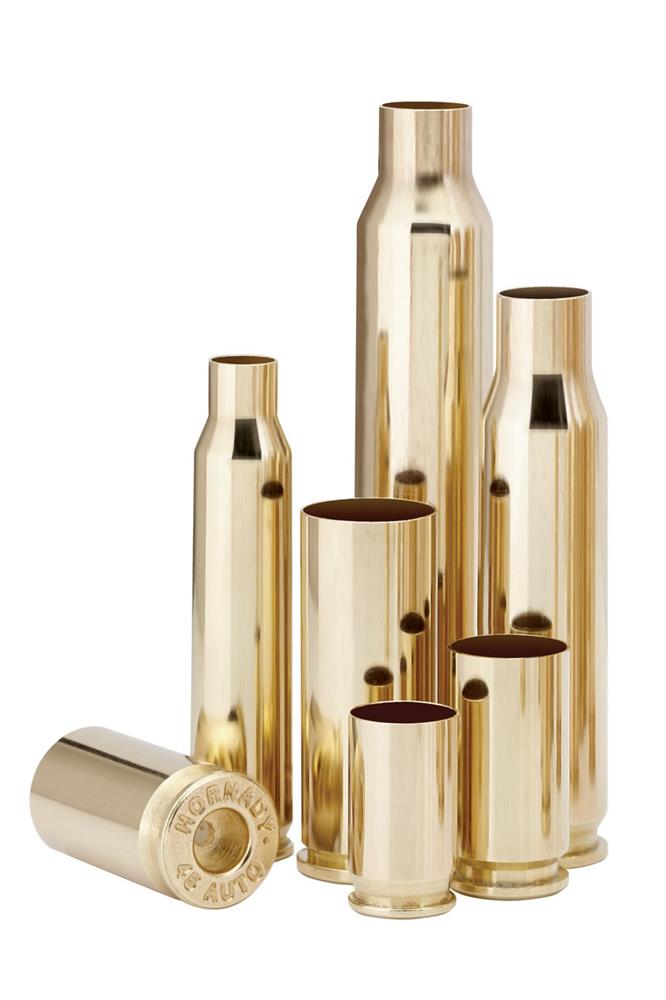
Bullet crimp differs, with the revolver generally getting a medium crimp for most loads and a heavy crimp for Magnum loads. The self-loader gets a taper crimp. Rifle cartridges generally use two stage dies. While simpler rifle cartridges demand greater leverage, a small single stage press isn’t ideal.
Handloading is enjoyable for its own sake and allows greater amounts of ammunition to be fired for the same budget, and also tweaking loads for the individual rifle or pistol. It is a worthwhile pursuit that is well worth your time.


